Home>Storage Ideas>Living Room Storage>Living Room Wall Ideas – 15 Design Tips For The Blank Walls In Your Lounge
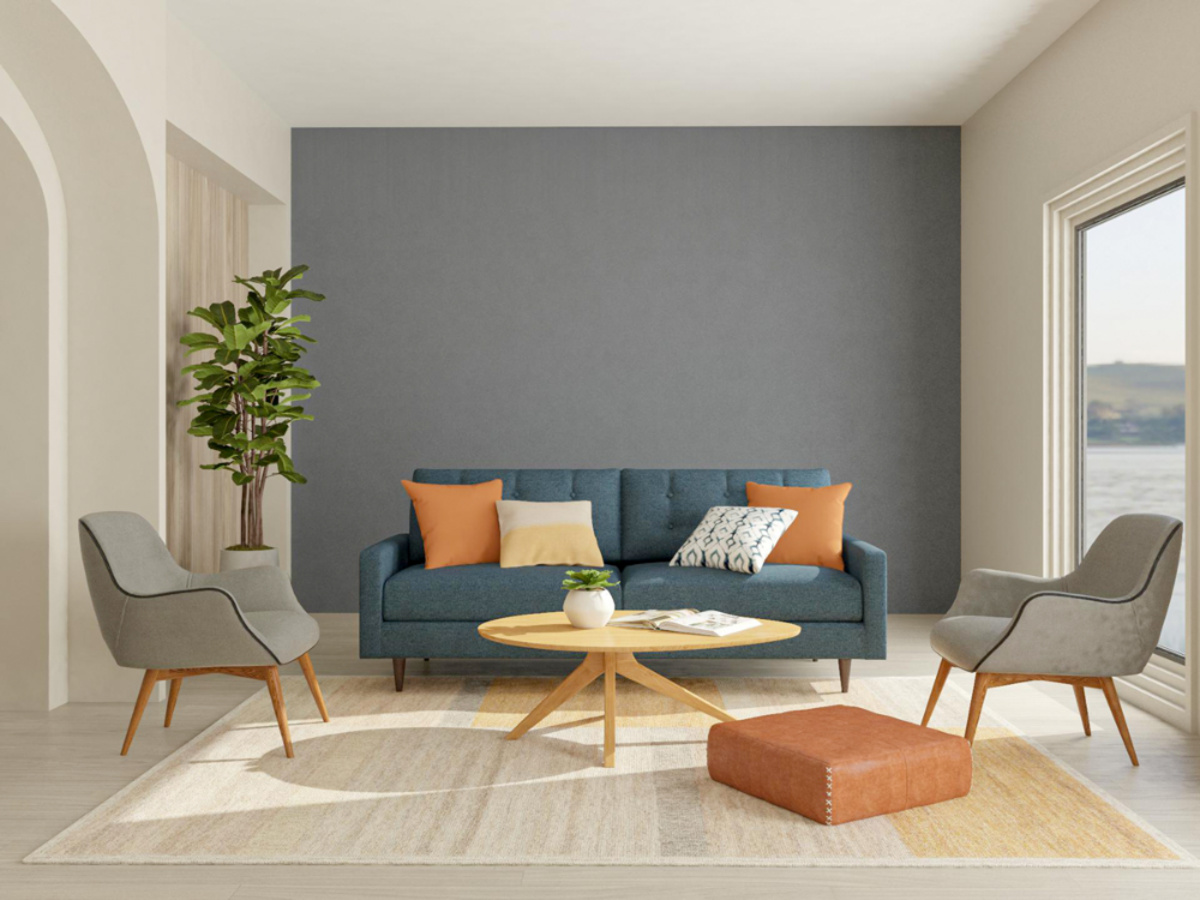

Living Room Storage
Living Room Wall Ideas – 15 Design Tips For The Blank Walls In Your Lounge
Modified: November 2, 2024
Discover 15 creative design tips to transform the blank walls in your living room. Get ideas for living room storage solutions and make the most of your lounge space.
(Many of the links in this article redirect to a specific reviewed product. Your purchase of these products through affiliate links helps to generate commission for Storables.com, at no extra cost. Learn more)
Introduction
The living room is the heart of the home, a place where family and friends gather to relax, entertain, and create lasting memories. When it comes to designing the perfect living room, one often overlooked element is the blank wall space. These empty walls present an opportunity to add personality, style, and functionality to your living room. With the right design tips and ideas, you can transform those bare walls into stunning focal points that truly enhance the overall ambiance of your lounge.
In this article, we will explore 15 design tips for filling the blank walls in your living room. Whether you prefer a minimalist, eclectic, or traditional style, these ideas can be tailored to suit your unique taste and preferences. From creating a captivating gallery wall to incorporating statement artwork and functional storage solutions, you will discover a range of inspiring ideas to elevate the design of your living room.
Key Takeaways:
- Elevate your living room with captivating focal points, such as statement artwork, mirrors, and gallery walls. Create a personalized and stylish space that reflects your unique taste and personality.
- Transform your living room walls into functional and visually appealing features with options like wall-mounted TVs, vertical gardens, and textured panels. Infuse your space with creativity and personal touches to make it uniquely yours.
Choose a Focal Point
When it comes to designing your living room walls, it’s important to start by selecting a focal point. A focal point is a single element that draws attention and serves as the centerpiece of the room. It can be a large piece of artwork, a striking mirror, or even a statement furniture piece. By choosing a focal point, you create a visual anchor for the room and set the tone for the overall design.
Consider the size and scale of your living room when choosing a focal point. For larger spaces, a grand piece of artwork or an oversized mirror can make a bold statement. In smaller rooms, opt for a smaller but impactful focal point to avoid overwhelming the space.
When selecting a focal point, keep in mind the style and theme of your living room. If you have a modern and minimalist design, a sleek and abstract artwork may be the perfect focal point. For a more traditional and elegant look, a classic portrait or a vintage mirror can add a touch of sophistication.
Once you have chosen your focal point, arrange the rest of the wall decor around it. This helps create a cohesive and visually pleasing design. You can hang smaller pieces of artwork or mirrors around the focal point, creating a gallery-style arrangement or a symmetrical display.
Remember, the focal point should be the main attraction of your living room, so make sure it is positioned at eye level and is easily visible from various angles in the room. This will ensure that it grabs attention and becomes the captivating centerpiece of your living space.
Gallery Wall
Elevate the style of your living room walls by creating a stunning gallery wall. A gallery wall is a curated display of artwork, photographs, and other decorative items that come together to create a visually appealing and personalized arrangement.
Start by selecting a theme or a color scheme for your gallery wall. This will help create a cohesive and harmonious look. You can choose a specific genre of artwork, such as abstract paintings or black and white photographs, or mix and match different styles for an eclectic vibe.
Next, gather your chosen artwork and lay them out on the floor or a large table. Experiment with different arrangements, mixing different sizes and orientations to create visual interest. Leave an equal amount of space between each piece to maintain balance.
Once you are satisfied with the layout, it’s time to hang your artwork on the wall. Start by placing the largest piece in the center as the focal point and work your way outwards, adding smaller pieces around it. Use a level and measuring tape to ensure that the arrangement is straight and evenly spaced.
Don’t limit yourself to just paintings and photographs. Get creative and incorporate other decorative elements such as framed quotes, mirrors, and even wall sculptures to add depth and texture to your gallery wall.
You can also mix in functional elements such as floating shelves or wall-mounted planters to showcase small plants or decorative objects. This will add a touch of greenery and life to your gallery wall.
To create a cohesive look, consider using frames in the same color or finish. This will tie the different pieces together and create a sense of unity. Alternatively, you can choose frames in different styles and colors for a more eclectic and whimsical vibe.
A gallery wall is a dynamic and ever-evolving design feature. Feel free to switch out artwork, add new pieces, or rearrange the arrangement whenever you feel the need for a refresh. This allows you to easily update the look of your living room and keep it feeling fresh and inspiring.
Statement Artwork
Add a touch of drama and personality to your living room walls with statement artwork. Whether it’s a bold and vibrant painting, a large-scale photograph, or a striking sculpture, statement artwork can instantly become the focal point of the room and make a powerful design statement.
When selecting statement artwork, consider the size and scale of your living room. In larger spaces, opt for oversized artwork that can fill the wall and create a sense of grandeur. In smaller rooms, choose a piece that is proportional to the space and doesn’t overwhelm the room.
Think about the style and theme of your living room when choosing statement artwork. If you have a contemporary and modern design, opt for abstract or geometric pieces that add an element of intrigue and visual interest. For more traditional or eclectic spaces, a classic painting or a vintage-inspired art piece can add charm and character.
Consider the color palette of your living room when selecting statement artwork. Choose colors that complement or contrast with the existing color scheme to create a harmonious or dynamic effect. This will help the artwork stand out and become a captivating focal point.
Placement is key when it comes to displaying statement artwork. Hang it at eye level to ensure it grabs attention and is easily visible. If you have high ceilings, consider placing the artwork slightly higher to fill the vertical space.
Lighting also plays a crucial role in showcasing statement artwork. Install adjustable wall sconces or track lighting to direct light towards the artwork, highlighting its textures and details. Another option is to install picture lights above or below the artwork to create a dramatic and focused illumination.
If you have multiple statement artwork pieces, consider creating a gallery wall or arranging them in a cohesive composition. Experiment with different layouts and spacing to find the arrangement that best showcases each piece while maintaining balance and visual interest.
Statement artwork not only adds visual appeal but also expresses your personal style and taste. It sparks conversation and serves as a reflection of your personality and interests. So, dare to be bold and choose that piece of artwork that truly speaks to you and transforms your living room walls into works of art.
Mirrors
Mirrors are a fantastic addition to living room walls as they not only serve a functional purpose but also create the illusion of space and reflect light, making the room feel brighter and more spacious. They come in various sizes, shapes, and styles, allowing you to customize the look to match your design aesthetic.
When choosing a mirror for your living room, consider the size and proportions of the wall. A large, full-length mirror can make a bold statement and serve as a focal point, especially in smaller rooms. On the other hand, a collection of smaller mirrors can create a visually interesting arrangement, adding depth and character to the space.
Think about the style and theme of your living room when selecting a mirror. For a modern and minimalist design, opt for mirrors with clean lines and sleek frames. If you have a more traditional or vintage-inspired space, consider ornate frames or decorative mirrors to add elegance and charm.
Placement is key when it comes to hanging mirrors. Consider positioning them opposite a window to maximize natural light and create the illusion of an additional window. This will also help reflect outdoor views, making the room feel more connected to the surrounding environment.
Alternatively, you can place mirrors strategically to reflect specific elements in the room, such as a beautiful chandelier or a piece of artwork. This will create a sense of depth and dimension, adding visual interest to the space.
In addition to hanging mirrors on the wall, consider incorporating mirrored furniture or accessories into your living room. A mirrored accent table or a mirrored console can add a touch of glamour and create a visually stunning focal point.
Experiment with different shapes and arrangements to create a unique and captivating display of mirrors. Whether it’s a cluster of small round mirrors or a grid pattern of rectangular mirrors, the possibilities are endless in creating a visually striking composition.
Overall, mirrors are versatile and stylish additions to living room walls. They not only enhance the aesthetics of the space but also contribute to its overall functionality and ambiance. So, don’t hesitate to add a mirror or two to your living room walls and let them work their magic.
Read more: What To Do With A Blank Wall In Living Room
Wall Shelves
Wall shelves are both practical and stylish solutions for filling the blank walls in your living room. They provide additional storage space while also serving as decorative elements to display your favorite books, collectibles, and decor items.
When choosing wall shelves, consider the style and material that best complements your living room. Floating shelves made of wood or metal can add a modern and minimalist touch, while rustic wooden shelves can create a cozy and farmhouse-inspired look.
Think about the placement and arrangement of the wall shelves. You can opt for a symmetric arrangement with equal spacing between each shelf, or a more organic and asymmetrical layout for an eclectic feel. Consider the height and spacing between the shelves to accommodate the items you want to display.
Wall shelves can act as both storage and display areas. Use them to showcase your favorite books, art pieces, and collectibles. Mix in some decorative items, such as vases, frames, or plants, to add visual interest and personality to the shelves.
Another creative way to use wall shelves is to create a gallery-like display. Lean artwork against the back of the shelf or place small frames and photographs on it. This adds depth and dimension to the wall and allows you to easily switch out and update the artwork as desired.
For a functional and organized look, use wall shelves as a storage solution. Place baskets or bins on the shelves to store magazines, remotes, or other small items. This keeps the living room clutter-free and ensures that everything has its designated place.
Consider incorporating accent lighting on the wall shelves to highlight the items displayed and create an inviting ambiance. Install small LED spotlights or battery-operated puck lights to illuminate the shelves and add a warm glow to the living room.
Wall shelves not only add visual interest and functionality but also allow you to showcase your personal style and interests. Whether you prefer a minimalist look or a more eclectic arrangement, wall shelves offer endless possibilities for creativity and customization.
So, embrace the versatility of wall shelves and transform your living room walls into functional and stylish display spaces.
Accent Paint
One of the easiest and most impactful ways to transform your living room walls is through accent paint. Adding a splash of color or a bold pattern can completely change the look and feel of the space, injecting personality and style into the room.
When choosing an accent paint color, consider the existing color scheme and furniture in your living room. Opt for a color that complements or contrasts with the dominant hues in the room. A contrasting color can create a dramatic and eye-catching effect, while a complementary color can provide a sense of harmony and cohesion.
Another option is to choose a bold pattern or a geometric design for your accent paint. This can add visual interest and create a focal point on the wall. Consider using painter’s tape or stencils to create crisp lines or intricate patterns for a professional finish.
Decide which wall or walls you want to paint as accents. Typically, the wall behind the sofa or the one opposite the main entrance can be great choices for accent paint. However, you can also think outside the box and choose a different wall to create a unique and unexpected focal point.
Before painting, make sure to prepare the wall properly. Clean it thoroughly and apply a primer if needed. Protect the surrounding areas with painter’s tape or drop cloths to prevent any accidental spills or splatters.
Once you have painted the accent wall, consider adding some decorative elements to enhance the impact. Hang artwork or mirrors on the accent wall to draw attention and complement the paint color. Alternatively, you can use floating shelves or wall-mounted planters to add functional and decorative touches.
Accent paint is a versatile design option that allows you to experiment with different colors and patterns. Don’t be afraid to take risks and choose a bold shade or an unconventional design. It’s all about expressing your personal style and creating a living room that reflects your individuality.
Remember, accent paint is not permanent and can easily be changed if you decide to update the look of your living room. So, have fun with it and let your creativity shine!
Wallpaper
If you’re looking to make a statement and add a touch of luxury to your living room walls, consider using wallpaper. Wallpaper can instantly transform the look and feel of a space, offering a wide range of patterns, textures, and styles to suit any design aesthetic.
When selecting wallpaper for your living room, think about the overall theme and ambiance you want to create. For a contemporary and modern look, choose wallpapers with geometric patterns or metallic accents. Alternatively, for a more traditional or vintage-inspired design, opt for floral motifs or damask prints.
Consider the scale of the wallpaper pattern in relation to the size of your living room. In smaller spaces, opt for smaller-scale patterns to avoid overwhelming the room. Larger-scale patterns can work well in larger living rooms, adding drama and visual interest.
Wallpaper can be used to create a feature wall or cover all the walls in the living room. A feature wall can add a focal point and draw attention to a specific area, such as behind the sofa or a fireplace. Covering all the walls with wallpaper can create a cohesive and immersive design.
When installing wallpaper, make sure to properly prepare the walls. Fill in any holes or imperfections and ensure they are smooth and even. Apply wallpaper paste or use self-adhesive wallpapers according to the manufacturer’s instructions.
Wallpapers also offer the opportunity to play with texture. Consider textured wallpapers that mimic the look of brick, stone, or wood for a more organic and natural aesthetic. These textured wallpapers can add depth and character to the walls, creating a unique and visually appealing feature.
Don’t be afraid to mix and match wallpapers within the living room. You can use different patterns or textures in different areas to create distinct zones. For example, you can use a subtle and subdued wallpaper in the dining area, while opting for a bold and vibrant pattern in the seating area.
Another option is to use wallpaper as a backdrop for shelving or artwork. Place floating shelves or hang artwork on a wallpapered wall to create a visually striking display. This combination adds depth and visual interest, making the living room walls even more captivating.
Wallpaper is a versatile and timeless option for enhancing your living room walls. It allows you to express your personal style and create a unique and inviting space. So, explore the wide array of patterns and textures available and create a living room that truly reflects your taste and personality.
Wall Decals
Wall decals are a versatile and easy way to add creativity and personality to your living room walls. These adhesive stickers come in a variety of designs, from intricate patterns to inspirational quotes, allowing you to customize your space without the commitment of permanent wallpaper or paint.
When choosing wall decals, consider the style and theme of your living room. Whether you prefer a modern and minimalist look or a more whimsical and eclectic vibe, there are countless options available to suit your taste and preferences.
Wall decals can be used to create a focal point on a specific wall or to add touches of decoration throughout the room. You can choose oversized decals to cover an entire wall or smaller decals to create a scattered pattern or arrangement.
One of the advantages of wall decals is that they are easily removable, making them perfect for those who love to change up their decor often. If you decide to switch to a different design or remove the decals altogether, they can be peeled off without leaving any residue or damaging the walls.
Wall decals can be especially appealing for renters who want to personalize their space without making permanent modifications. They can easily transform a plain and boring wall into a visually interesting and captivating feature, adding warmth and character to any living room.
In addition to decorative decals, there are also functional options available. These include decals that mimic the appearance of shelving or frames, allowing you to create a unique display area without the need for actual furniture or hardware.
Installation of wall decals is typically straightforward. Make sure to clean and dry the wall surface before applying the decals. Follow the specific instructions provided by the manufacturer to ensure proper adhesion and alignment.
Wall decals are a cost-effective and flexible way to enhance your living room walls. They offer endless possibilities for creativity and personalization, enabling you to effortlessly update the look and feel of your space. So, unleash your imagination and let the wall decals add that special touch to your living room.
Consider creating a gallery wall by arranging a mix of artwork, photographs, and mirrors in various sizes and shapes. This can add visual interest and personality to your living room walls.
Read more: Where To Put Chaise Lounge In Living Room
Wall Sconces
Wall sconces are not only functional lighting fixtures but also decorative elements that can add a touch of elegance and sophistication to your living room walls. These wall-mounted fixtures come in a variety of styles, from traditional to contemporary, allowing you to enhance the overall ambiance of the space.
When selecting wall sconces, consider the style and theme of your living room. If you have a modern and minimalist design, opt for sleek and streamlined sconces with clean lines. For a more traditional or vintage-inspired look, choose sconces with ornate details and intricate designs.
Placement is important when it comes to wall sconces. Consider the functional purpose of the sconces and the areas of the living room that could benefit from extra lighting. Common locations for wall sconces include beside the fireplace, flanking a mirror, or on either side of a piece of artwork.
Wall sconces not only provide lighting but can also serve as decorative elements themselves. Their design, finish, and shade can enhance the overall aesthetic of the living room. Choose sconces that complement the existing decor and create a cohesive look.
Consider the type of lighting that you want to achieve with wall sconces. Frosted or fabric shades will provide a soft and diffused light, creating a cozy and inviting atmosphere. On the other hand, clear glass or metal shades will offer more direct and focused lighting, perfect for task lighting or highlighting specific areas.
For added convenience and flexibility, consider wall sconces with adjustable arms or movable shades. This allows you to easily direct the light where you need it most, whether it’s towards a seating area or an accent wall.
In terms of installation, make sure to follow the manufacturer’s instructions and properly attach the sconces to the wall. Consider the wiring and electrical requirements and consult a professional if necessary to ensure safe and proper installation.
Wall sconces not only provide functional lighting but also serve as decorative accents that can elevate the visual appeal of your living room walls. With their versatile design and range of styles, you can find the perfect wall sconces to add a touch of sophistication and charm to your living space.
Floating Shelves
Floating shelves are a sleek and stylish way to add both storage and decor to your living room walls. These shelves appear to “float” on the wall without any visible brackets, creating a clean and minimalist look while providing a functional display space.
When choosing floating shelves for your living room, consider the size and material that best complements your space. Floating shelves are available in various lengths and depths, giving you the flexibility to customize the shelf size to accommodate your storage or display needs.
Opt for floating shelves made of materials such as wood, metal, or glass, depending on the style and theme of your living room. Wooden shelves can add warmth and a touch of natural charm, metal shelves can bring a contemporary and industrial feel, and glass shelves can create a sleek and modern look.
Placement is key when it comes to floating shelves. Consider the layout and dimensions of your living room walls to determine the best location. Floating shelves can be installed in a straight line, staggered arrangement, or even in a corner to make use of every inch of wall space.
Once the shelves are installed, it’s time to decorate them. Floating shelves provide an opportunity to showcase your favorite books, decorative objects, plants, or even a combination of all three. Arrange items in a visually pleasing way, mixing different heights and textures to create visual interest.
Consider incorporating a mix of functional and decorative items on your floating shelves. Use baskets or bins to store smaller items, such as remotes or charging cables, while displaying decorative objects such as vases, candles, or framed photos to add a personal touch.
For a cohesive look, stick to a specific color palette or a theme when styling your floating shelves. This will create a unified and visually appealing display. Play with different shapes and sizes of objects to create balance and harmony on the shelves.
Remember to leave enough space between items on the shelves to avoid overcrowding. This will allow each item to stand out and be appreciated individually.
Floating shelves offer both functionality and a decorative element to your living room walls. They can be easily installed and provide an opportunity to display your personal style and interests. So, embrace the versatility of floating shelves and transform your living room walls into a functional and aesthetically pleasing space.
Statement Clock
A statement clock on your living room wall not only serves a functional purpose but also adds a stylish and unique element to the overall design of the space. A stunning clock can become a focal point, capturing attention and making a bold statement in your living room.
When choosing a statement clock, consider the style and design that best fits your living room decor. A modern and sleek clock can complement a contemporary design, while an ornate and vintage-inspired clock can add a touch of elegance to a more traditional space.
Size is an important factor to consider when selecting a statement clock. Choose a clock that is proportionate to the size of your wall and room. An oversized clock can make a dramatic impact while a smaller clock can provide subtle charm.
Think about the color and finish of the clock. Consider whether you want the clock to blend in with the wall or make a contrasting statement. A metallic or shiny finish can add a touch of glamour, while a wooden or matte finish can create a more rustic or natural look.
Placement is key when it comes to displaying a statement clock. Choose a prominent wall, such as above a fireplace or on a blank wall opposite the seating area, to ensure that the clock effectively grabs attention and becomes a captivating focal point.
Consider the scale and arrangement of other decorative elements around the clock. Take into account the furniture positioning, artwork, and any other wall decor to ensure that the clock harmoniously blends with the overall design scheme of your living room.
Make sure the clock is positioned at eye level for optimal visibility. This will allow it to be easily seen and appreciated by both you and your guests. Additionally, ensure that there is sufficient space around the clock for the numbers or markings to be visible.
A statement clock not only adds visual interest but also serves a functional purpose of keeping time. So, look for a clock with a reliable mechanism and clear, easy-to-read numbers. Quartz or atomic clocks are typically accurate and low-maintenance options.
Statement clocks come in a variety of styles and designs, allowing you to find one that perfectly suits your living room decor and personal taste. By selecting the right clock and placing it thoughtfully on your wall, you can transform your living room into an elegant and stylish space.
Wall-Mounted TV
One of the most popular options for filling the blank walls in a living room is to mount a television. A wall-mounted TV not only saves space but also creates a sleek and modern look, turning your living room into an entertainment hub for you and your guests.
When considering a wall-mounted TV, it’s important to assess the layout and size of your living room. Choose a wall that provides a comfortable viewing experience from various seating areas and allows for proper distance and angle.
Consider the size of the TV in relation to the wall and the seating distance. A larger TV can create a more immersive and cinematic experience, while a smaller TV can be more suitable for smaller spaces or cozy setups.
Positioning is key when mounting a TV on the wall. Ensure that the TV is at a comfortable eye level when seated. It may require adjusting the height of the wall mount or selecting an articulating arm to achieve the desired positioning.
Hide any visible cables and cords for a clean and polished look. This can be done by running the cables through the wall or using cable management solutions such as cord covers or wall-mounted cable boxes.
Consider adding a floating shelf or a media console underneath the TV for additional storage or to display decorative items. This can help balance out the wall and provide a place for media devices or sound systems.
Another design consideration is to frame the TV with decorative elements or artwork. Create a gallery-style arrangement of artwork or wall decor around the TV to add visual interest and create a cohesive look.
Don’t forget to take lighting into account when positioning your wall-mounted TV. Make sure the room has proper lighting to minimize glare and create an optimal viewing experience. Consider using adjustable light fixtures or blackout curtains to control the lighting conditions in the room.
Lastly, embrace the smart features of your TV. Many modern TVs offer built-in apps and streaming capabilities, allowing you to access a variety of entertainment options without additional devices cluttering the space. Take advantage of these features to enhance your living room experience.
A wall-mounted TV can transform your living room into a home theater and entertainment center. By thoughtfully considering its placement, cable management, and surrounding decor, you can create a visually appealing and functional setup that complements your living room’s overall design.
Read more: How To Stage Your Living Room
Vertical Gardens
Vertical gardens, also known as living walls or green walls, are a unique and visually stunning way to transform your living room walls into a vibrant and lush display of nature. These vertical installations not only add a touch of beauty but also provide numerous benefits, including improved air quality and a connection to the natural world.
When creating a vertical garden, start by assessing the available wall space in your living room. Look for a wall that receives adequate sunlight or can be supplemented with grow lights. The size and scale of your vertical garden will depend on the dimensions of the wall and the number of plants you wish to include.
Choose the right plants for your vertical garden based on their light requirements and compatibility with indoor environments. Opt for a mix of trailing vines, leafy plants, and even small flowers to create a diverse and visually appealing display. Consider plants with different textures, colors, and sizes to add visual interest and depth.
Many different systems and techniques can be used to create a vertical garden. Options include modular panels with built-in pockets, hanging planters, or a custom-built frame with a backing material to hold the plants. Select a method that suits your space, budget, and personal preference.
Before installing your vertical garden, prepare the wall by ensuring it is clean and smooth. Some systems require a waterproof barrier or a moisture-absorbing layer to protect the wall and ensure proper drainage. Follow the instructions provided by the manufacturer to ensure a successful installation.
When designing your living room with a vertical garden, consider the overall aesthetic and style you want to achieve. Whether you prefer a tropical oasis, a minimalist arrangement, or a lush and wild display, your vertical garden can be customized to suit your taste.
In addition to their visual appeal, vertical gardens also provide various benefits. Plants help purify the air by removing toxins and releasing oxygen. They can also help regulate humidity, creating a more comfortable living environment. A vertical garden can bring a sense of tranquility and serenity to your living room, fostering a connection with nature.
Regular maintenance is essential for the health and longevity of your vertical garden. This includes regular watering, pruning, and fertilizing as needed. Pay attention to the light and temperature requirements of your plants and make adjustments as necessary to ensure their well-being.
A vertical garden in your living room brings the beauty of nature indoors, creating a visually striking and environmentally friendly feature. Whether you have a green thumb or are new to gardening, anyone can enjoy the benefits of a vertical garden and create a living art piece on their walls.
Textured Panels
Textured panels are an innovative and stylish way to add dimension and visual interest to your living room walls. These panels come in a variety of materials, patterns, and designs, allowing you to create a unique and captivating look that complements your living room decor.
When choosing textured panels, consider the overall style and theme of your living room. For a contemporary and modern look, opt for sleek and geometric patterns. If you prefer a more rustic or organic aesthetic, consider panels with a natural wood grain or stone-like texture.
Textured panels can be utilized on an entire wall or as an accent feature to create a focal point. Consider the scale and proportion of your living room to determine the suitable size and quantity of panels needed. A large wall may benefit from larger panels, while a smaller space may call for smaller panels or a feature wall.
Materials for textured panels range from engineered wood and PVC to lightweight stone veneers. Choose a material that suits your style preferences, budget, and maintenance requirements. Some panels may require occasional cleaning or sealing to maintain their appearance.
Installation of textured panels will depend on the specific product you choose. Some panels are designed to be glued directly to the wall, while others may require a backing or a support structure to secure them in place. Follow the manufacturer’s instructions for proper installation.
Once installed, textured panels can completely transform the look and feel of your living room. They add depth and texture to the walls, creating a dynamic and visually intriguing backdrop. Depending on the design and material, textured panels can evoke a sense of warmth, luxury, or even an industrial vibe.
Consider the lighting in your living room when selecting and installing textured panels. Proper lighting can enhance the textures and shadows created by the panels, further emphasizing their visual impact. Experiment with different lighting fixtures or placement to achieve the desired effect.
Textured panels can also be combined with other wall features or decorative items to create a cohesive and harmonious design. Consider pairing them with statement artwork, floating shelves, or wall sconces to create a layered and visually appealing composition.
Remember, textured panels provide a unique opportunity to add a personalized touch to your living room walls. Whether you prefer a subtle textured pattern or a bold statement piece, textured panels allow you to express your individual style and create a living room that is truly captivating.
Bookshelf Wall
A bookshelf wall is an excellent way to combine functionality and design on your living room walls. Not only does it provide ample storage for your book collection, but it also adds character and creates a visually striking feature that showcases your literary treasures.
When considering a bookshelf wall, first assess the available wall space in your living room. Measure the height, width, and depth of the area to determine the size and configuration of the bookshelves that will best fit the space.
You have various options when it comes to bookshelves. Traditional free-standing bookshelves can be arranged against the wall, while built-in or custom-made bookshelves can seamlessly integrate with the overall design of your living room.
Consider the style and material of the bookshelves that will complement your living room decor. Choose from options such as wood, metal, or a combination of materials to achieve the desired aesthetic. The color and finish should harmonize with the existing color scheme or serve as a statement piece to add contrast.
When arranging books on the shelves, consider organizing them by theme, color, or size to create an aesthetically pleasing display. You can alternate between stacking books horizontally and standing them vertically to add visual interest and break up the pattern.
Intersperse your book collection with decorative items such as vases, picture frames, or small sculptures to add personality and visual appeal to the shelves. Plants or small potted succulents can bring a touch of greenery and life to the bookshelf wall.
Lighting plays a crucial role in showcasing your bookshelf wall. Consider incorporating adjustable spotlights or LED strip lighting to highlight specific sections of the shelves or to create a warm and inviting ambiance. Ensure that the lighting is not too harsh or creates glares on the books.
Don’t forget to leave some empty spaces or negative space on the shelves to prevent them from appearing cluttered. This will also allow room for future additions to your book collection or for displaying cherished items.
A bookshelf wall is not only a practical storage solution but also an opportunity to express your personality and interests through your book collection. It can become a focal point in your living room, offering both functionality and visual appeal that will captivate guests and provide a cozy and inviting atmosphere.
So, embrace the beauty of a bookshelf wall and create a captivating display that reflects your love for reading and design.
Conclusion
Designing and transforming your living room walls into captivating and functional spaces can greatly enhance the overall ambiance and style of your home. By incorporating the right elements and following these 15 design tips, you can create a living room that not only meets your storage needs but also reflects your unique taste and personality.
From choosing a focal point and creating a gallery wall to incorporating statement artwork and wall-mounted TVs, each of these design tips offers an opportunity to infuse your living room walls with creativity and style.
Consider the size and scale of your living room when selecting the right elements for your walls. Keep in mind the style and theme of the space, balancing it with functionality and visual appeal.
Whether you opt for a bookshelf wall, textured panels, or a vertical garden, be sure to pay attention to the placement, lighting, and arrangement of these features. This will ensure that they create impactful focal points and seamlessly integrate with the overall design.
Remember to infuse your living room walls with personal touches that reflect your interests and tastes. Display your favorite artwork, books, or collectibles to create a space that is uniquely yours.
Lastly, don’t be afraid to experiment and adapt. Your living room is a versatile canvas, and you can always refresh and update the design of your walls as your style evolves or new inspirations arise.
By utilizing these design tips and incorporating your own creativity, you can transform your living room walls into stunning and functional features that will truly elevate the look and feel of your entire living space.
Frequently Asked Questions about Living Room Wall Ideas – 15 Design Tips For The Blank Walls In Your Lounge
Was this page helpful?
At Storables.com, we guarantee accurate and reliable information. Our content, validated by Expert Board Contributors, is crafted following stringent Editorial Policies. We're committed to providing you with well-researched, expert-backed insights for all your informational needs.
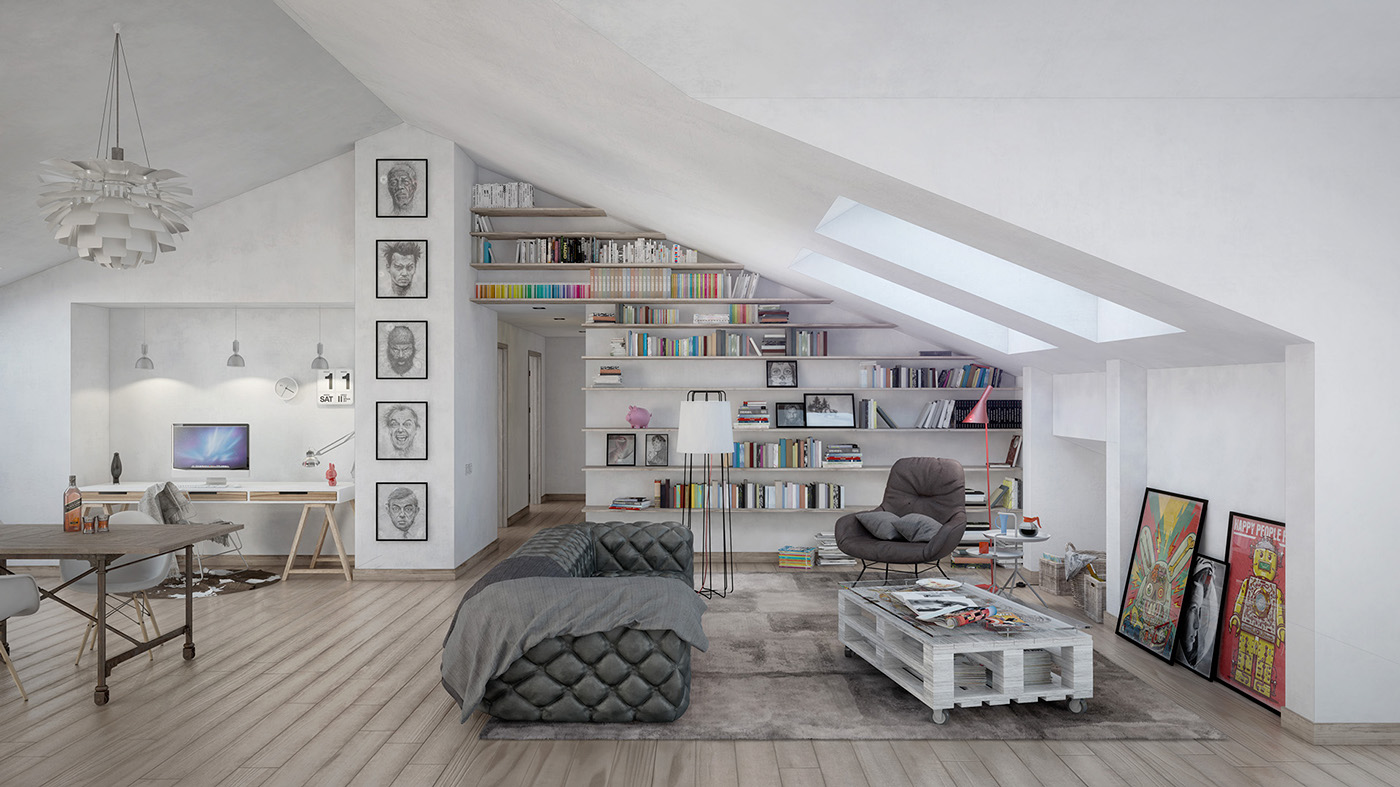
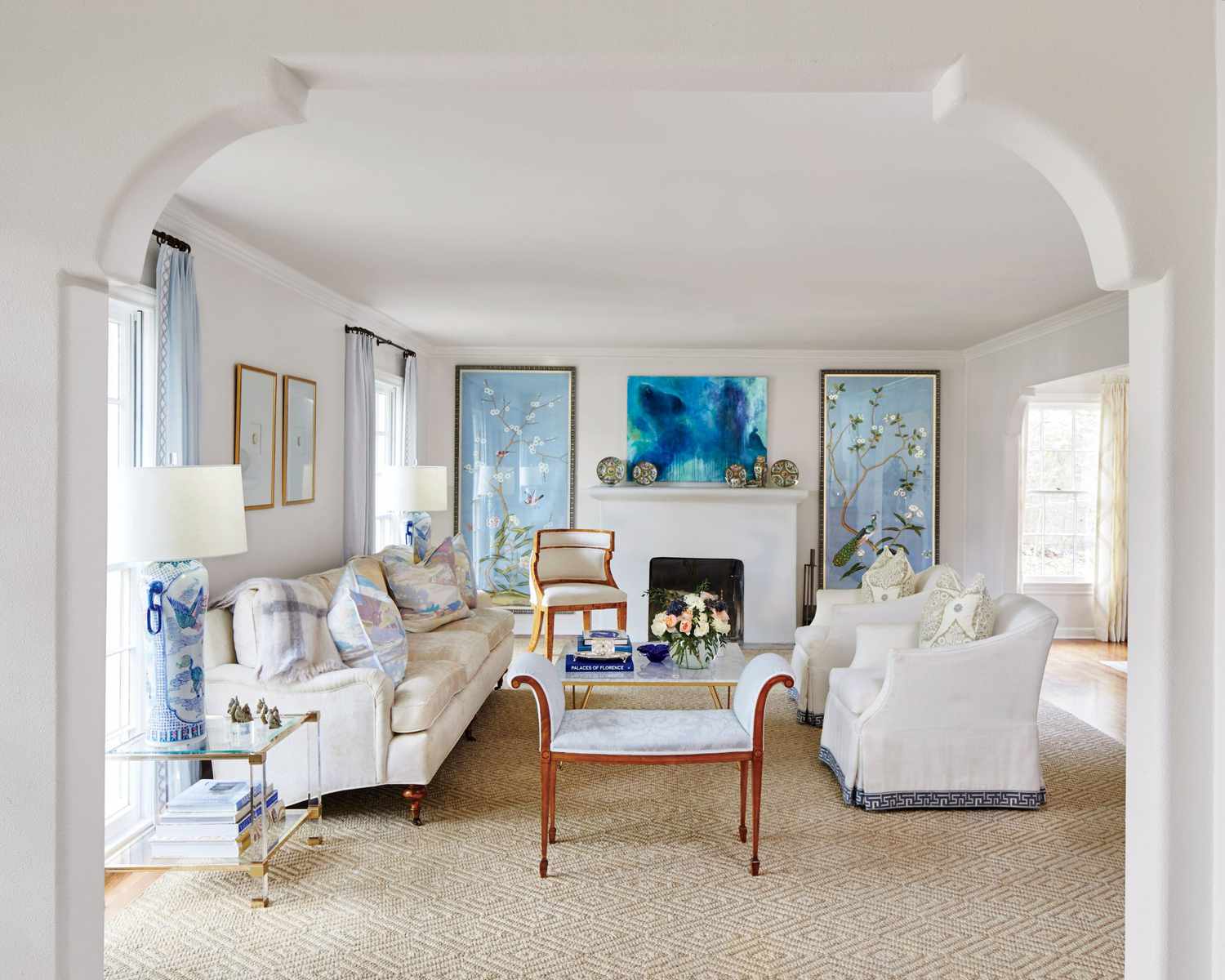
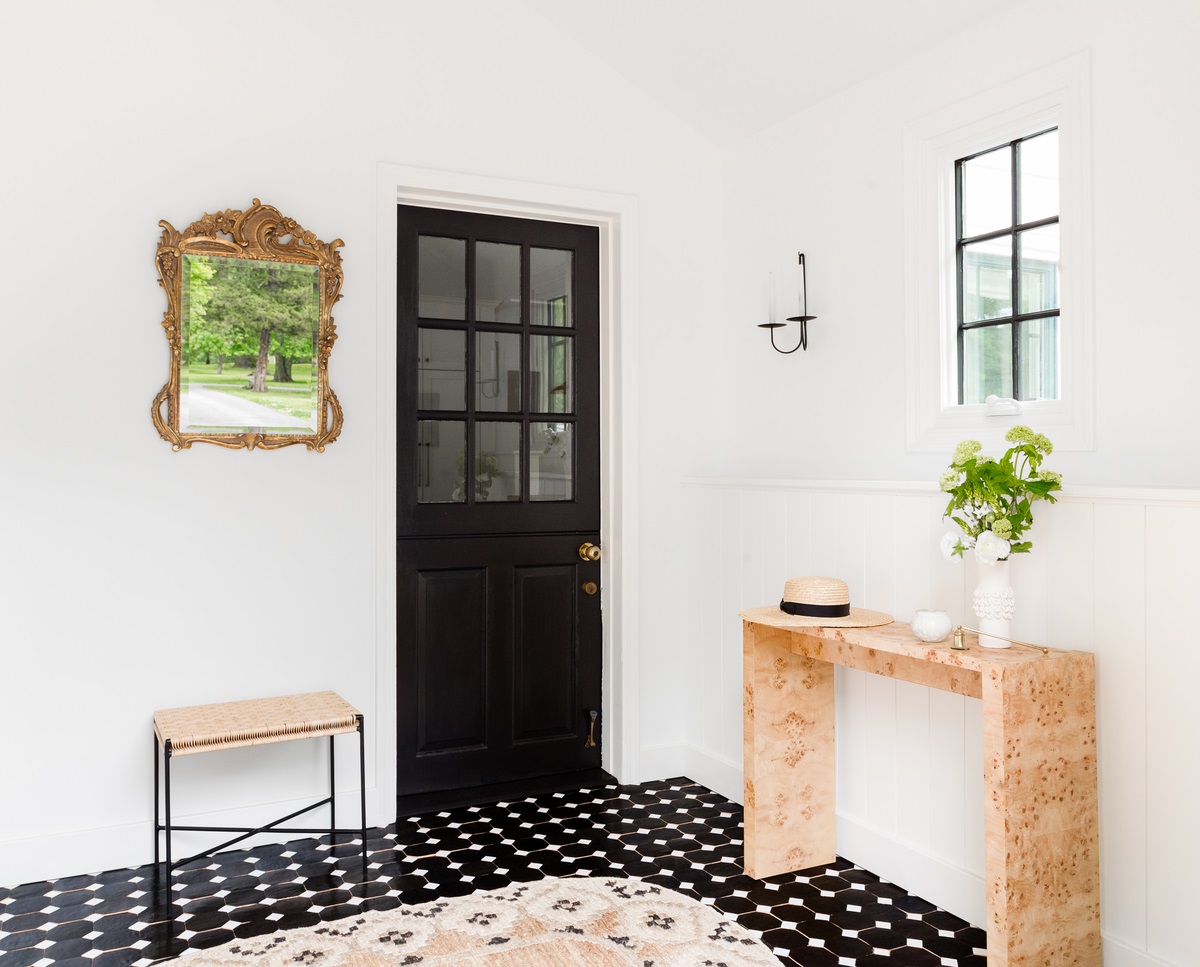

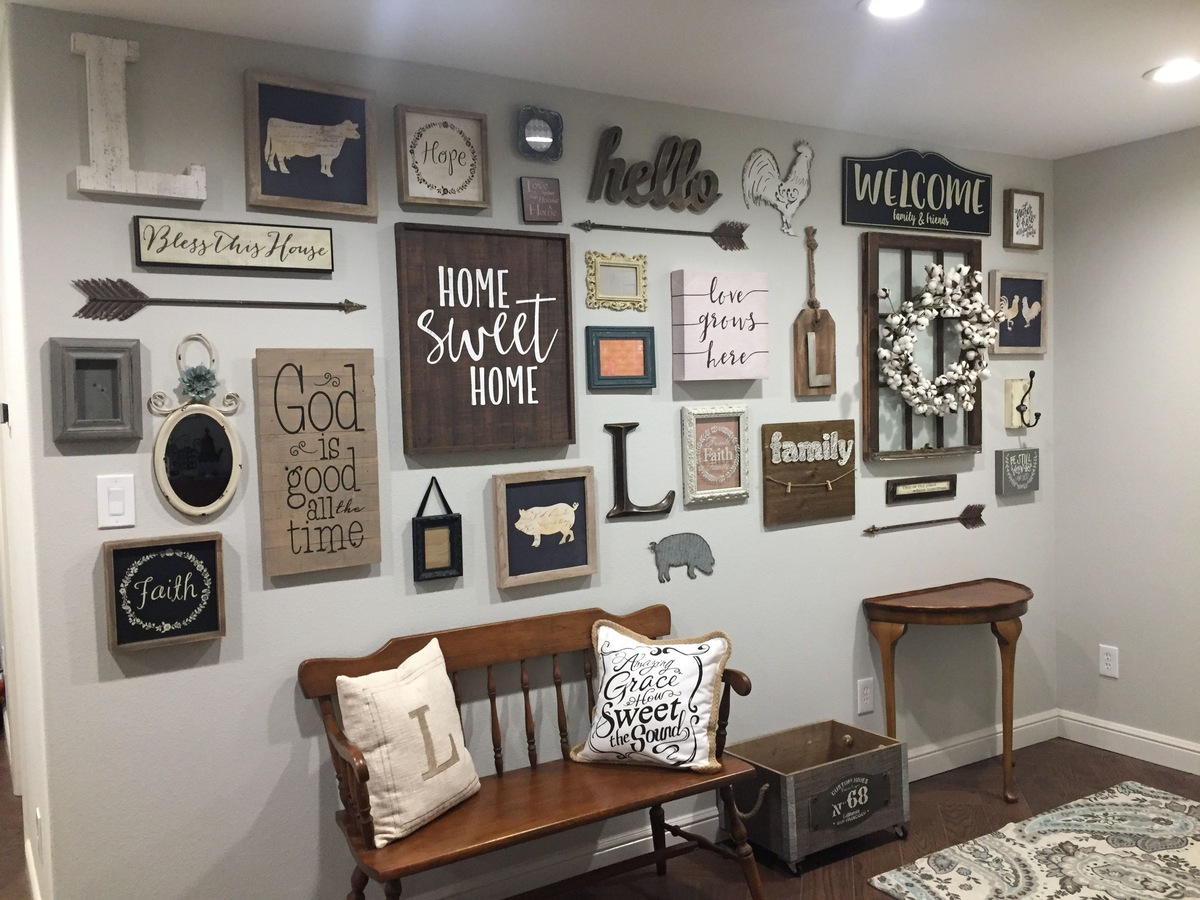
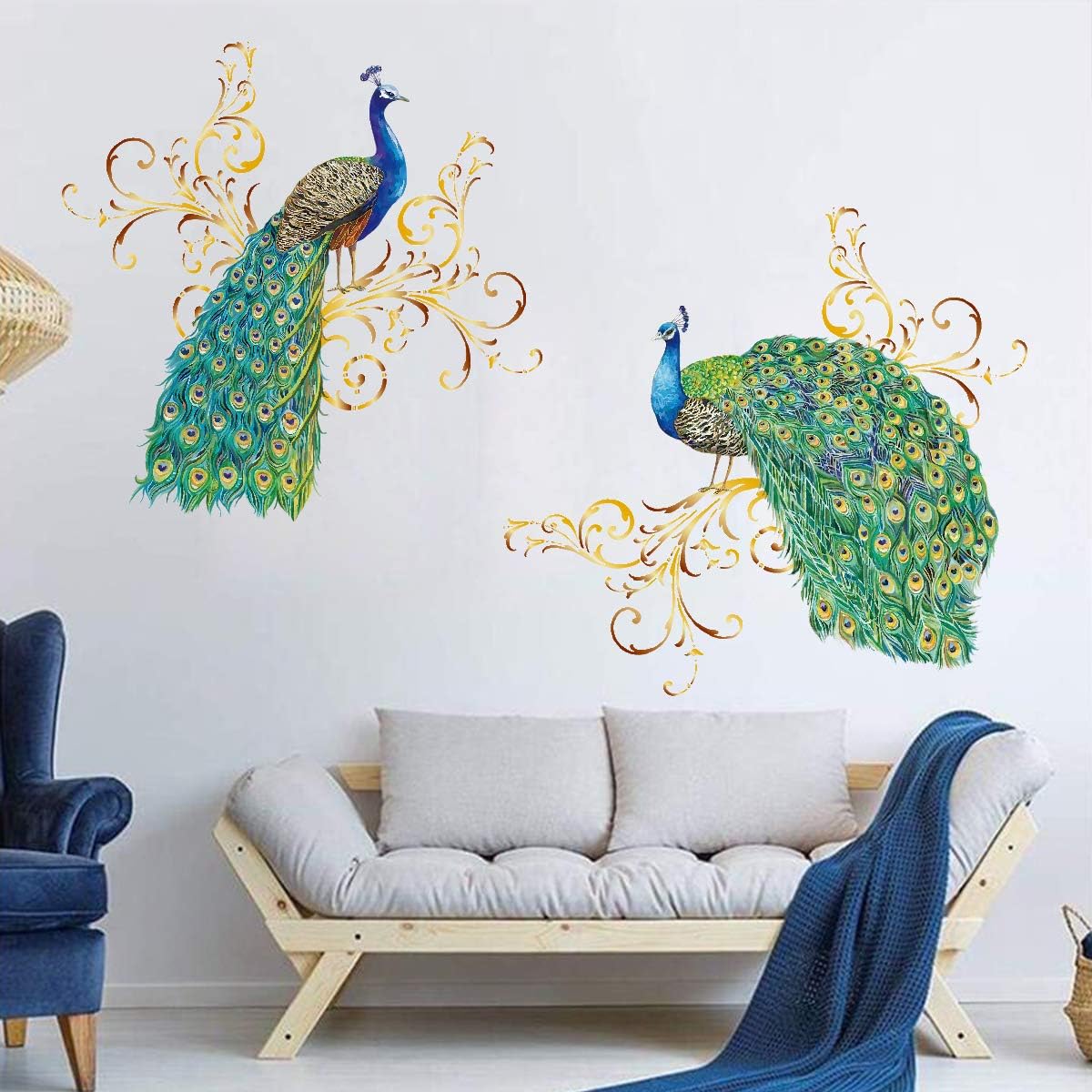
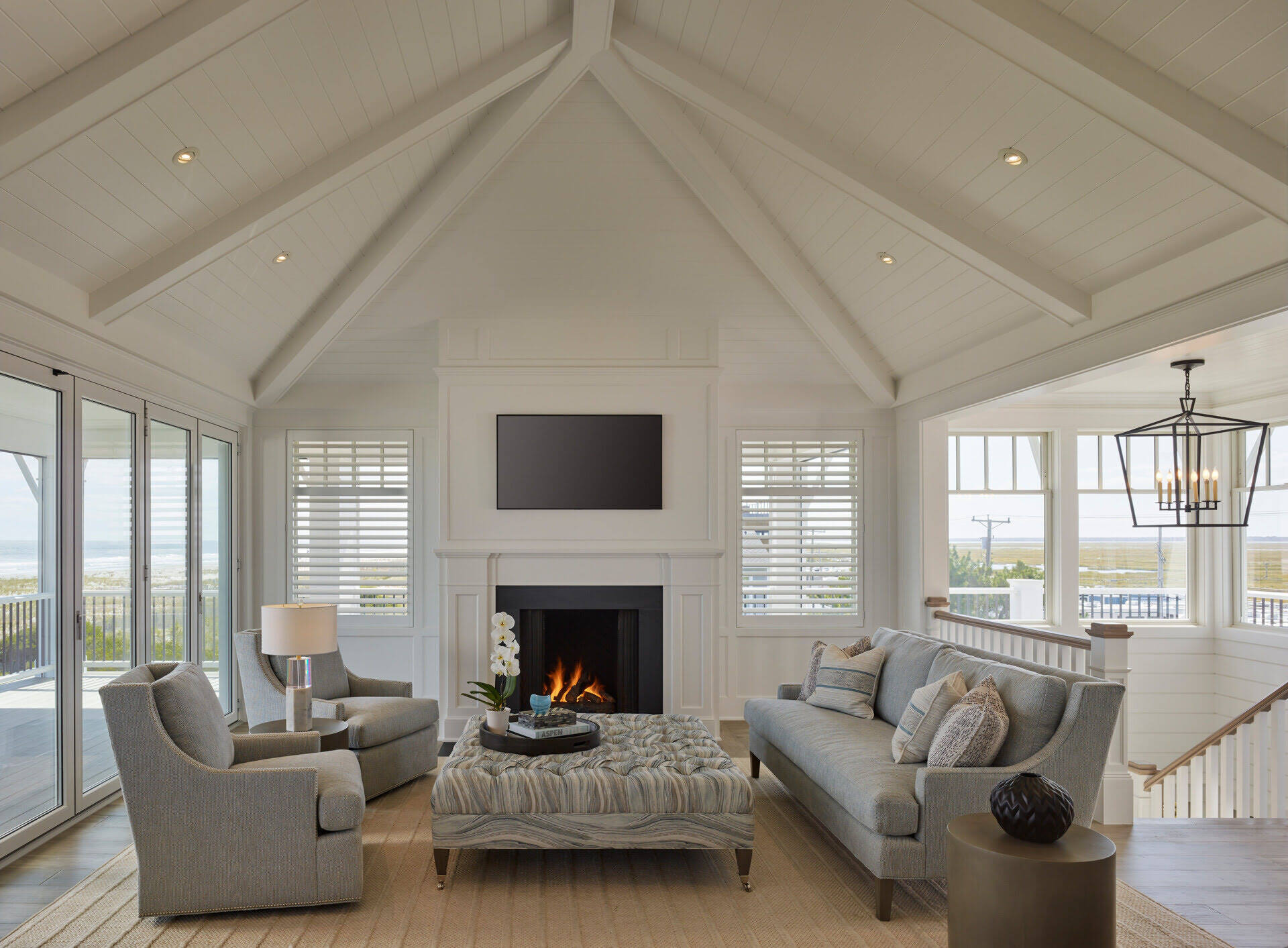
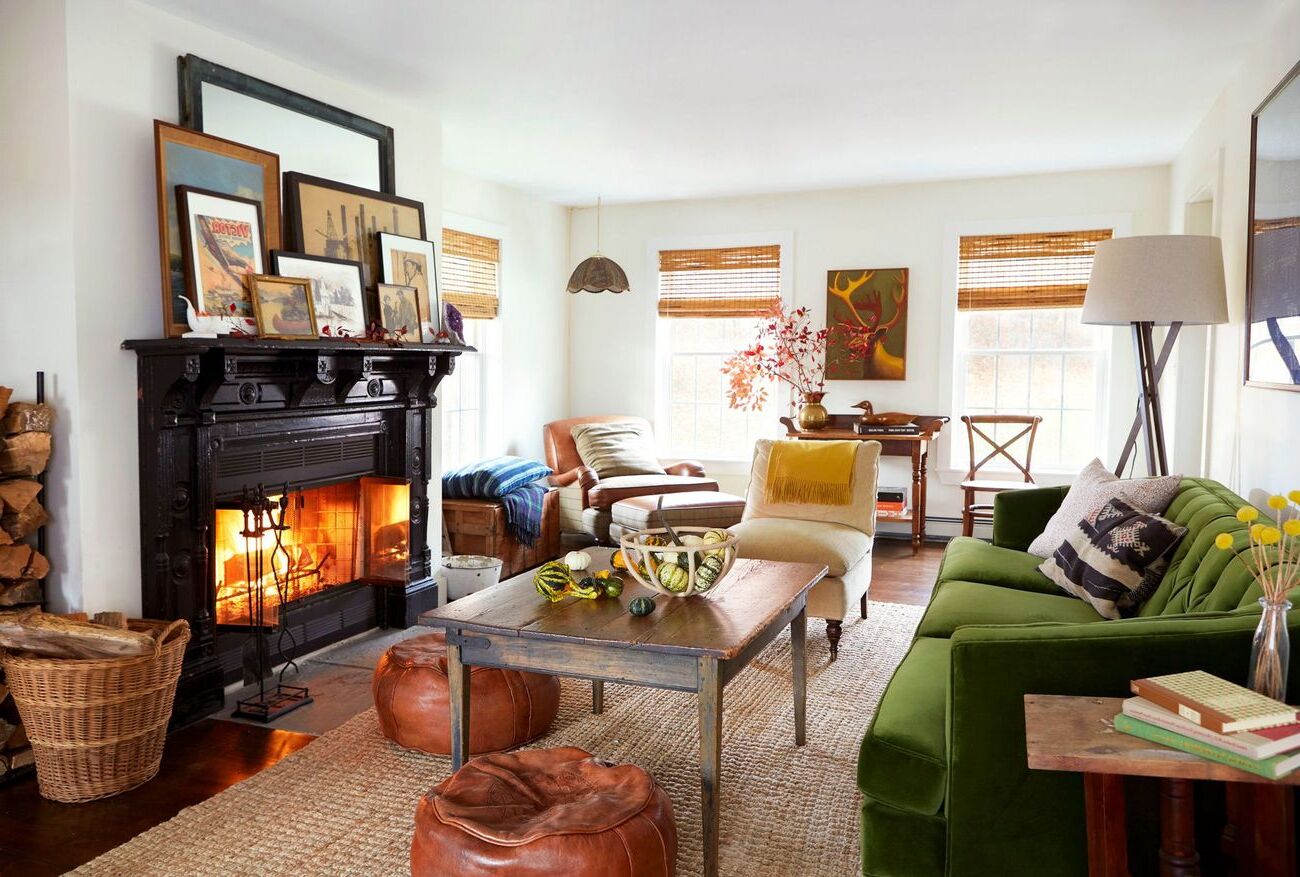
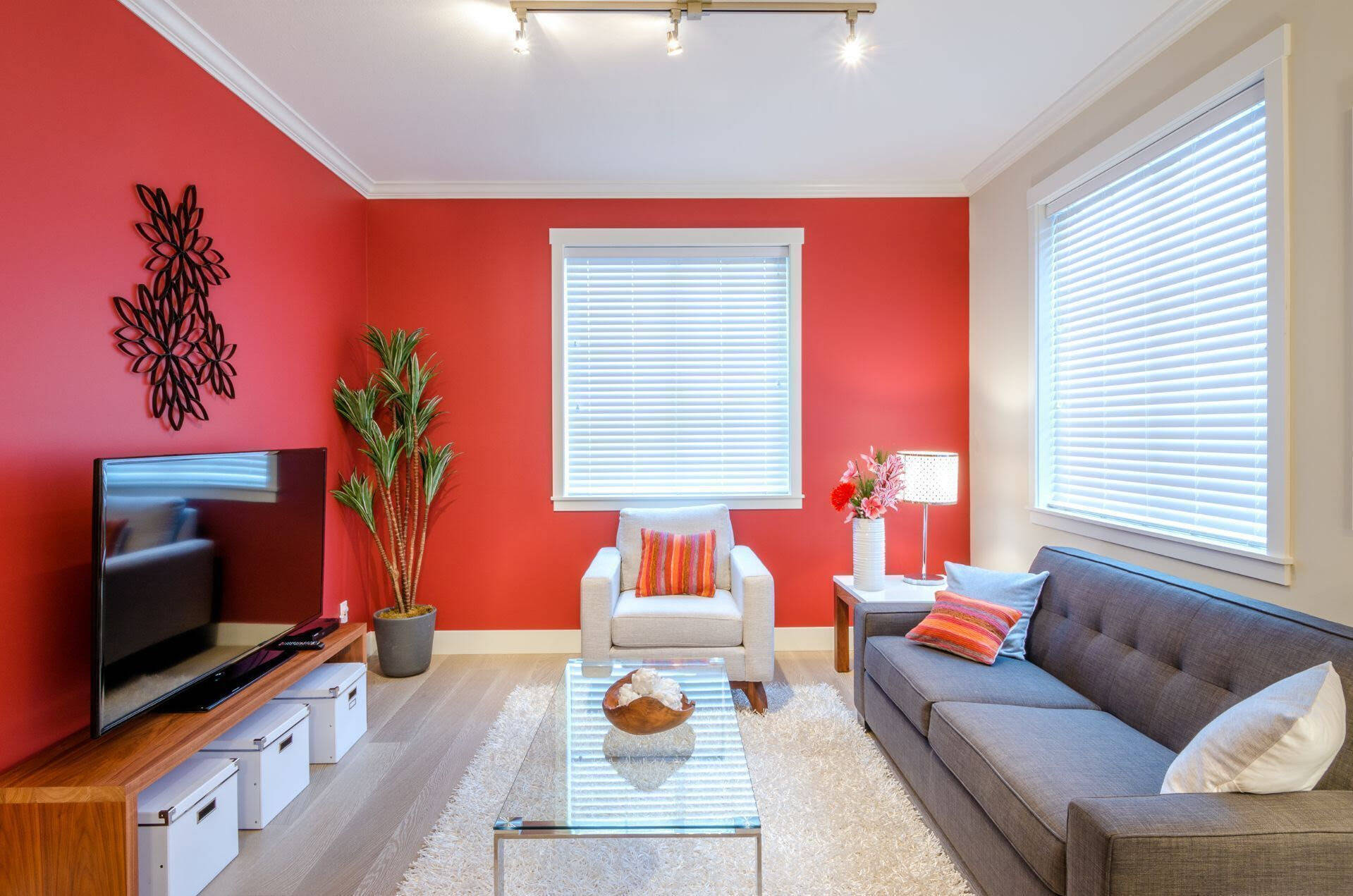
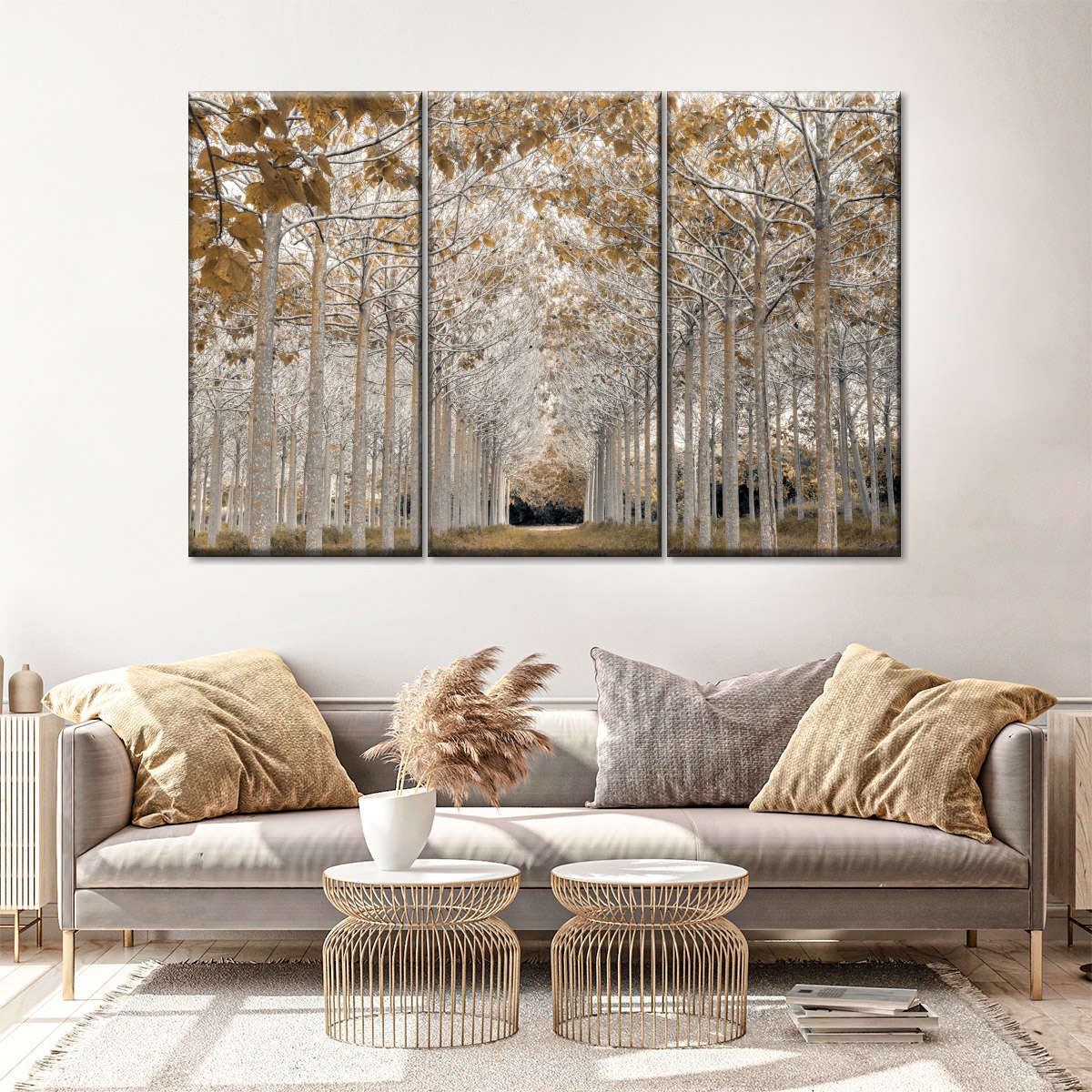

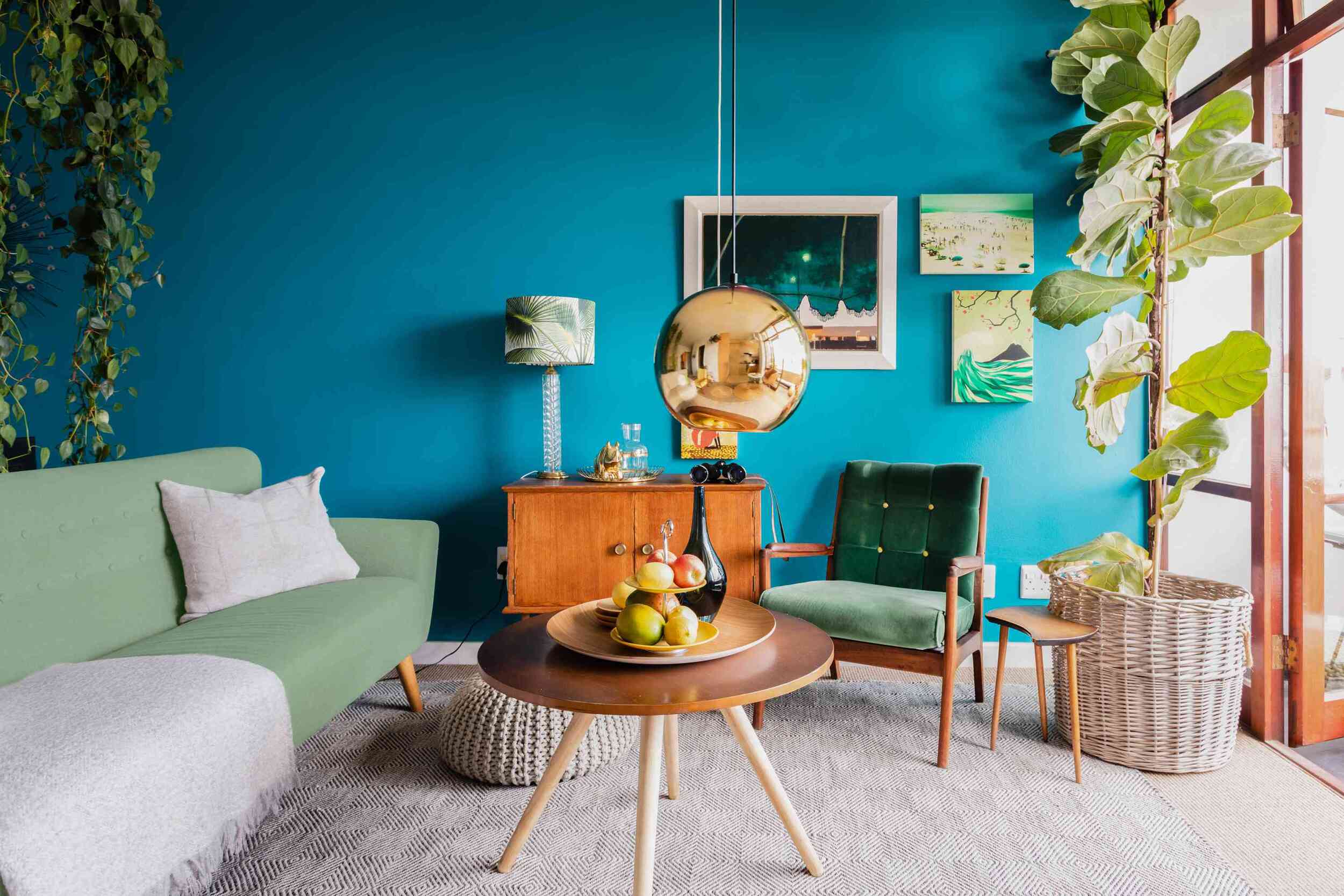

0 thoughts on “Living Room Wall Ideas – 15 Design Tips For The Blank Walls In Your Lounge”